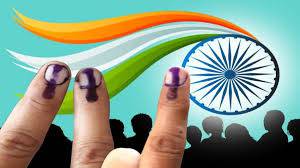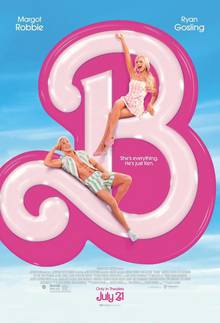The world is full of perspectives. As a child, whenever my brother and I quarreled, we would each tweak the story to work in our favor while narrating the incident to our father. This is observed in almost all arguments, including court cases. The people involved argue about a particular issue from different points of view. This is the very essence of the Rashomon effect.
The Rashomon effect, popular in cinema, is a style of narration. It is based on the thought of narrating the same story from different perspectives. To me, it is the most intriguing and thrilling form of narration. Such a term came into existence after the 1950 film Rashomon directed by the legendary Japanese filmmaker, Akira Kurosawa.
Rashomon, based on ‘the notorious unreliability of witnesses' has a surprisingly simple plot. A crime has taken place which involves 4 main characters: A samurai, the samurai’s wife, a woodcutter, and a bandit who each give contradictory versions of the same crime. The film starts with the wife’s story which convinces the audience of who the culprit must be, based on her perspective. The confusion starts when we hear an alternative story. This new supposition seems equally convincing. While we are trying to deduce what could have actually happened, the film gives us two more plausible explanations. The film has an open ending allowing the audience to judge and choose the most convincing story of the four.
In a way, this film is a close depiction of reality. In such discords, we never really know what really happened. We tend to work out an explanation, which our mind feels the most possible, based on the gleaned information. Rashomon was received positively and critics all over the world lauded the film. It went on to win the ‘Golden Lion’, the highest award at the 1951 Venice film festival and an honorary award for "most outstanding foreign language film" in the 24th Academy Awards (1952).
Several films, including some Indian ones, have incorporated the Rashomon effect either directly or subtly. One example would be Kamal Hassan’s Virumaandi (2004). The film uses an interesting variant of the effect. The protagonist and antagonist narrate a story from each of their perspectives, bit by bit, in an alternating manner till the very end. In the film Dhuruvangal Pathinaaru (2016), the protagonist says that if the same story had been narrated from the antagonist’s point of view, the roles of the hero and the villain would have been switched. This simple dialogue at the end of the film makes us look at the story from a whole new angle. Other popular films which have used this effect include the Hindi movie Badla (2019) and David Fincher’s Gone Girl (adaptation of the book of the same name).
Rashomon was the starting point of exploring narration through perspectives. Though the film is 70 years old and uses dated technology, Rashomon’s quality surpasses time and it is riveting to watch even today. Do give it a watch!





